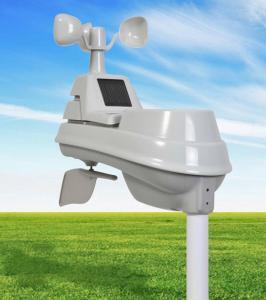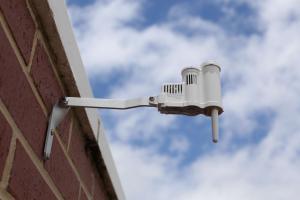Rain Sensors
Why do I need one?
Yard Health
Too much water is detrimental to your landscaping, leading to leaf fungus, root rot, and stressed plants that invite insect pests.
Saving Money
Lower your monthly water bill by installing a rain sensor. Why pay for irrigation when it's free from the clouds above?
Toxic Run Off
Pesticides and fertilizers often get washed out of your yard, drain down the street, and add to lake contamination.
It's The Law
Florida Statute 373.62 requires an automatic rain shut-off device on all automatic irrigation systems.
There Are A Variety Of Sensors Available
- Some models have catch basins or “tip cups” that fill and dump, registering the number of “tips” as amount of rainfall. For example, one tip could equal 1/10 of an inch.
- More common models today send a signal to your timer that enough rain has fallen to avoid irrigation.
- Soil moisture sensors work by sensing the amount of moisture in your soil.
- Home or local weather stations work with “smart timers” to detect and record rainfall, temperature, winds, and humidity over a period of time.
How Do I Choose A Rain Sensor?
Sensors usually are matched to the brand of irrigation controller. Hard-wired sensors are more economical and easier to install. Wireless sensors are more costly, but used often when it is not desirable to drill through concrete; or when the time clock is situated some distance from the ideal rain sensor location.
Where Should A Rain Sensor Be Mounted?
In order to be effective, it needs to be in a location that is unobstructed from receiving natural rainfall. The edge of a roof is the most common place, but a fence post works just as well. It should never be under an eave, under a tree, affected by irrigation, or over an air conditioner.
Soil Moisture Sensors
A more accurate way to determine whether the yard needs additional water, soil moisture sensors are becoming more popular and need to be used properly. SMSs can turn off an individual zone, such as a shady, moist location, while allowing hot, sandy locations to irrigate. Current recommendations are to install one sensor for each “micro-environment” in your yard.

